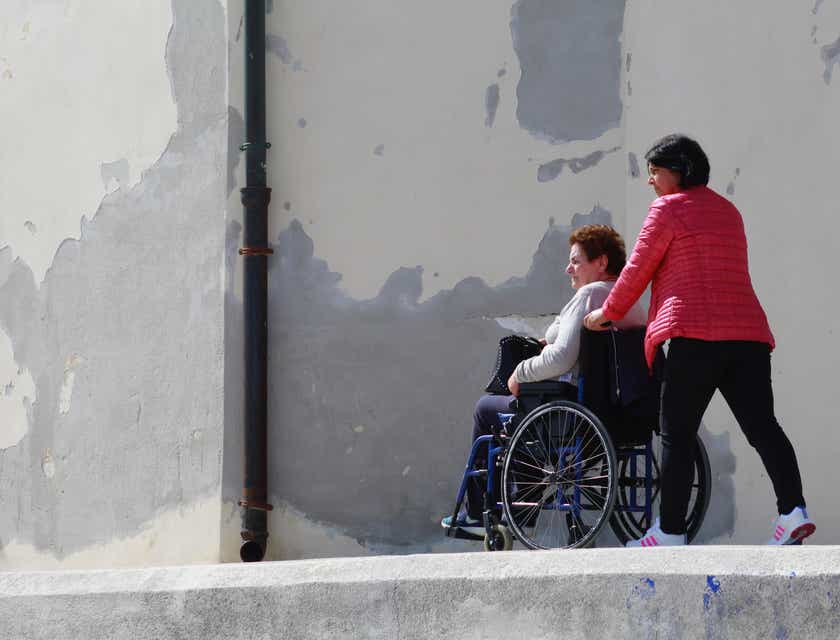I love Bob Odenkirk. More specifically, I love Bob Odenkirk as lawyer-with-a-heart-of-gold Jimmy McGill in AMC’s Breaking Bad spinoff, Better Call Saul. After bottoming out as a criminal lawyer, Jimmy’s decided to try his hand, pretty successfully, at Elder Law.
Need a Will? Call McGill!

In last night’s episode “RICO”, our hero takes on Sandpiper Crossing, an assisted living facility that’s been bilking it’s senior residents out of their pension and social security monies by overcharging for goods and services ($14 for a box of Kleenex!) The reason this episode rings so true, unfortunately, is the story is altogether too believable. Great premise, great episode, great show.
Elder abuse and neglect can take many forms — physical, sexual, emotional, and financial. Of the four, the financial exploitation of seniors seems to be the most prevalent. Seniors are especially vulnerable to financial abuse because they are usually dependent on others for help and give access to their “helpers.” Many times, if the abuser is a family member, the senior doesn’t want to “get them in trouble” or are embarrassed by the abuse. We don’t know the actual extent of the abuse, since so much goes unreported, but the National Center on Elder Abuse estimates that 1 in 10 elderly Americans is abused or neglected each year.
Besides the obvious — taking money or property, abusers can forge the senior’s signature on documents, coerce powers of attorney, and use the older person’s possessions without permission. Of course, seniors are especially susceptible to scams.
The National Institute on Financial Issues and Services for Elders, a division of the National Council on Aging, gives these as signs of elder financial abuse:
- Unusual or inappropriate bank account activity
- Frequent checks for cash are written to a caregiver or financial professional.
- The elderly person’s living conditions are well below his or her financial resources.
- Bills go unpaid or are overdue when someone is supposed to be paying them.
- The senior transfers assets (like the title for their home) for no apparent reason.
- Large, frequent gifts are made to a caregiver.
- Personal belongings are missing.
- Attempts are made by to isolate the senior from others.
- Changes are made in a will
- The older person takes out large, unexplained loans.
By 2050, 20 percent of the total U.S. population will be aged 65 and older. The fastest growing segment of America’s population is 85 and up. In 2010, there were 5.8 million people aged 85 or older. It’s vital that our senior caregivers are able to recognize the signs of elder abuse. All comprehensive caregiver training should include learning the types of senior abuse, legal requirements for reporting, and how to proactively protect a senior from physical, emotional, sexual and financial abuse. And storylines like the one on Better Call Saul shine a spotlight on the problem and make it easier for us to recognize abuse.







